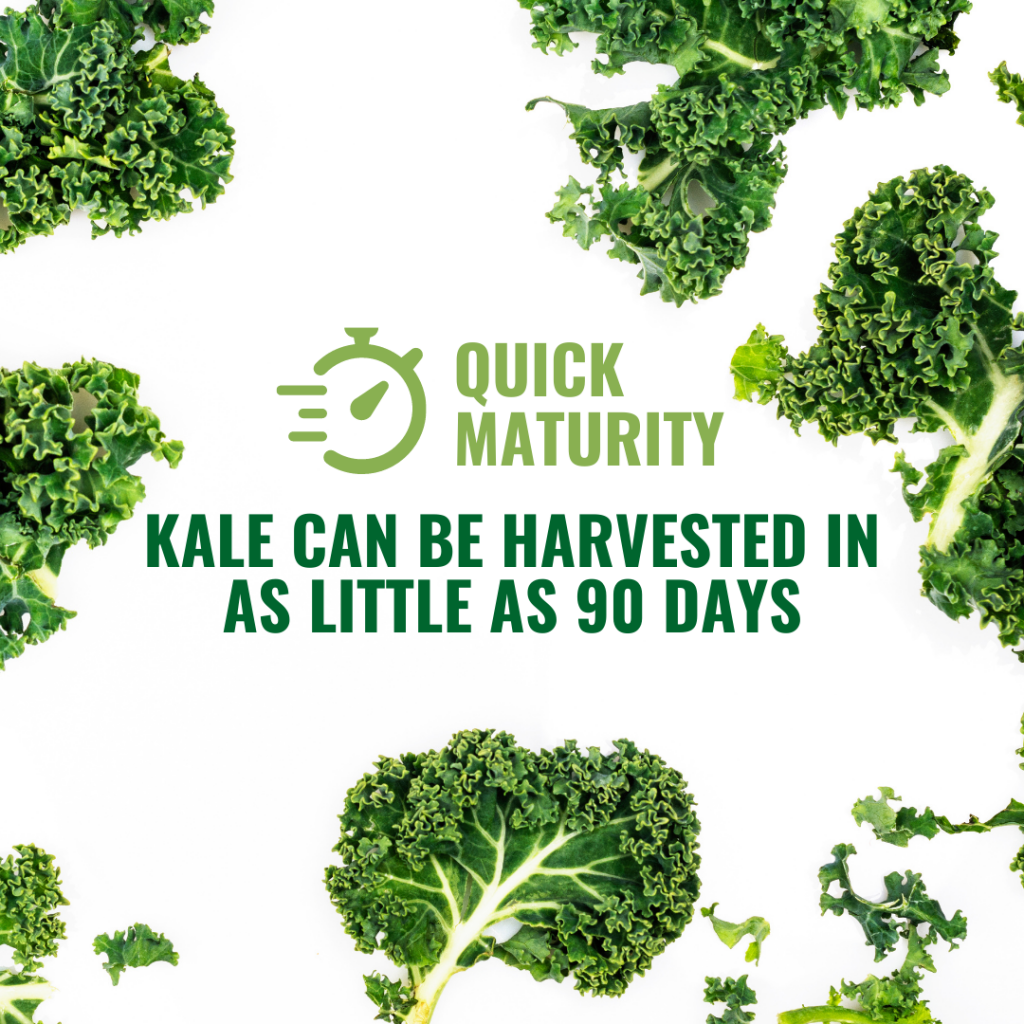Feeding the animals under your care is a major concern for any farmer or rancher. After all, good nutrition has a major impact on their health and productivity and your business’s bottom line.
Is there a role for forage brassicas in your feeding plan? What facts do you need to know first when using brassicas for forage?
Brassicas Basics
Brassicas are members of the mustard family. Common examples include varieties of radish, turnip, swede, kale, and rapeseed, or rape. There are also various hybrids. When managed properly, these cruciferous vegetables can benefit both your animals and your soil.
Brassicas Mature Quickly
Forage brassicas have been used around the globe to fill in gaps in pasture production because these hardy annuals rapidly grow into dense masses. They produce nutritious greenery that can be grazed when traditional pastures are starting to brown.
As the University of Wisconsin-Extension notes, brassicas mature quickly. Turnips can be grazed within 70 days of planting. Kale can be ready in as little as 90 days. Kale is also capable of surviving bitterly cold winters, including those that see below-zero temperatures.
Higher in fiber and lower in protein, rapeseed is a good forage that will be grazed readily by animals. It’s also one of the least expensive, making it an attractive addition to mixes. Most standard varieties of rape require 180 days, but some hybrid varieties can produce yields in as little as 60 days.
If managed wisely, many brassicas can even regrow and provide multiple rounds of grazing.

Brassicas Deliver High-quality Feed
Fast food can have disastrous effects on health if it is poor quality, but that is not a concern with brassicas. These greens deliver a high-quality feed.

According to Cornell University’s College of Agriculture and Life Sciences, brassicas have a high a crude protein concentration of 20% to 25%. Their net energy of metabolism is 0.65 – 0.80 Mcal/lb. Meanwhile, their total digestible nutrient concentrations are 65% to 70%. However, they tend to be low in fiber. As a result, you’ll want to supplement with some type of grass to avoid health issues.
In the real world, a summer of feeding dairy cattle a mixture of turnip and forage sorghum led to an increase in milk yield, milk solids, and protein when compared with those fed only sorghum. However, there was a reduction in milk fat. As for beef cattle, reports indicate that brassicas can boost their daily gain.
Brassicas Are Flexible
Brassicas are generally grazed. However, they can also be stockpiled, ensiled, or fed as greenchops. If grazing is the chosen method, it can begin when the forage is roughly 12 inches in height. According to Progressive Forage, rotational or strip grazing practices are generally best to limit trampling and allow the brassicas time to regrow.
Brassicas May Impact Flavor
As Lancaster Farming notes, there are some concerns that feeding brassicas to animals might change the flavor of the milk or meat produced. To avoid any issues, remove the animals from this type of food at least four hours before milking and a week before slaughter.
The mustard family is the fastest-growing brassica, with blooms appearing 30-40 days after planting, they’re also high in levels of glucosinolates, which makes them excellent for weed and nematode control in the fall, but detract from the palatability and forage value for livestock.
Brassicas Can Cause Health Problems If Fed Improperly
As the U.S. Department of Agriculture explains, the quality of brassicas is on par with concentrate feeds, so producers need to take plan accordingly. Poor grazing management could result in a variety of health problems, including bloat, nitrate poisoning, hemolytic anemia, atypical pneumonia, hypothyroidism, and polioencephalomalacia. To enjoy the benefits of brassicas without these worries, producers should take steps like the following:
- Ensure that brassicas make up no more than 75% of an animal’s diet. When grazing brassicas, supplement with dry hay or grasses. Alternately, consider no-tilling brassicas into grass sod or planting them with rye.
- Don’t make abrupt diet changes. Never turn hungry animals that are not adapted to brassicas into a brassica pasture. Always introduce grazing animals to brassica pastures gradually over a period of three or four days.
Brassicas Can Benefit the Soil
Is soil compaction a problem? The deep roots of radish, turnip, and many other brassicas offer a natural solution. As Cornell CALS reports, they break up the soil while simultaneously producing valuable forage. Are high phosphorous levels an issue? Brassicas can again serve as a natural remedy. When grown in soils that are high in phosphorous, they will help remediate the soil by picking up the mineral and incorporating it into their tissues.
It’s important to note that brassicas should not be planted at the same site for more than two consecutive years. There’s a risk of disease buildup.
Daikon Radish – the daikon radish isn’t just delicious when it’s pickled, its rapid growth and huge taproot make it popular for reducing soil compaction and fixing nitrogen and sulfur.
Plant radish in August or September to provide them with a few weeks before the first frost. Radishes will winterkill once you’ve had consecutive nights in the mid to high teens.
Turnips – Purple top turnips produce a large amount of biomass and store lots of energy in their large root bulb. Cattle love to graze the leaves and will eat the bulb later in the grazing season.
Brassicas Mitigate Methane Emissions
Scientists have evidence that feeding brassicas can help mitigate methane emissions, reducing the environmental impact of the herd. It’s a practice that can benefit the animal, the environment, and the farmer. In a recent Sustainable Agriculture Research & Education project, ten dairy producers included forage brassicas in the diet of some 750 animals. As a result, methane emissions were reduced by 10.4 kg per cow annually. Meanwhile, farmers were able to extend the fall grazing season by two months and reduce their feeding costs for each cow by $1.50 a day.
Brassicas might not be a perfect food, but they are certainly a food worthy of consideration if you want to raise healthy animals and run a successful agricultural operation. Taking some time to understand how to use them properly can help you avoid problems and get the most out of these useful forages.
Do you want to talk about forage, cover crops, or turf? Go Seed takes pride in being a trusted source for top-notch wholesale seed and user-friendly information.
We’ll be at the 2021 World Dairy Expo, which starts September 28 and runs through October 2. We’d love to see you, so be sure to stop by. If you need to register for the event, you can do so here.


